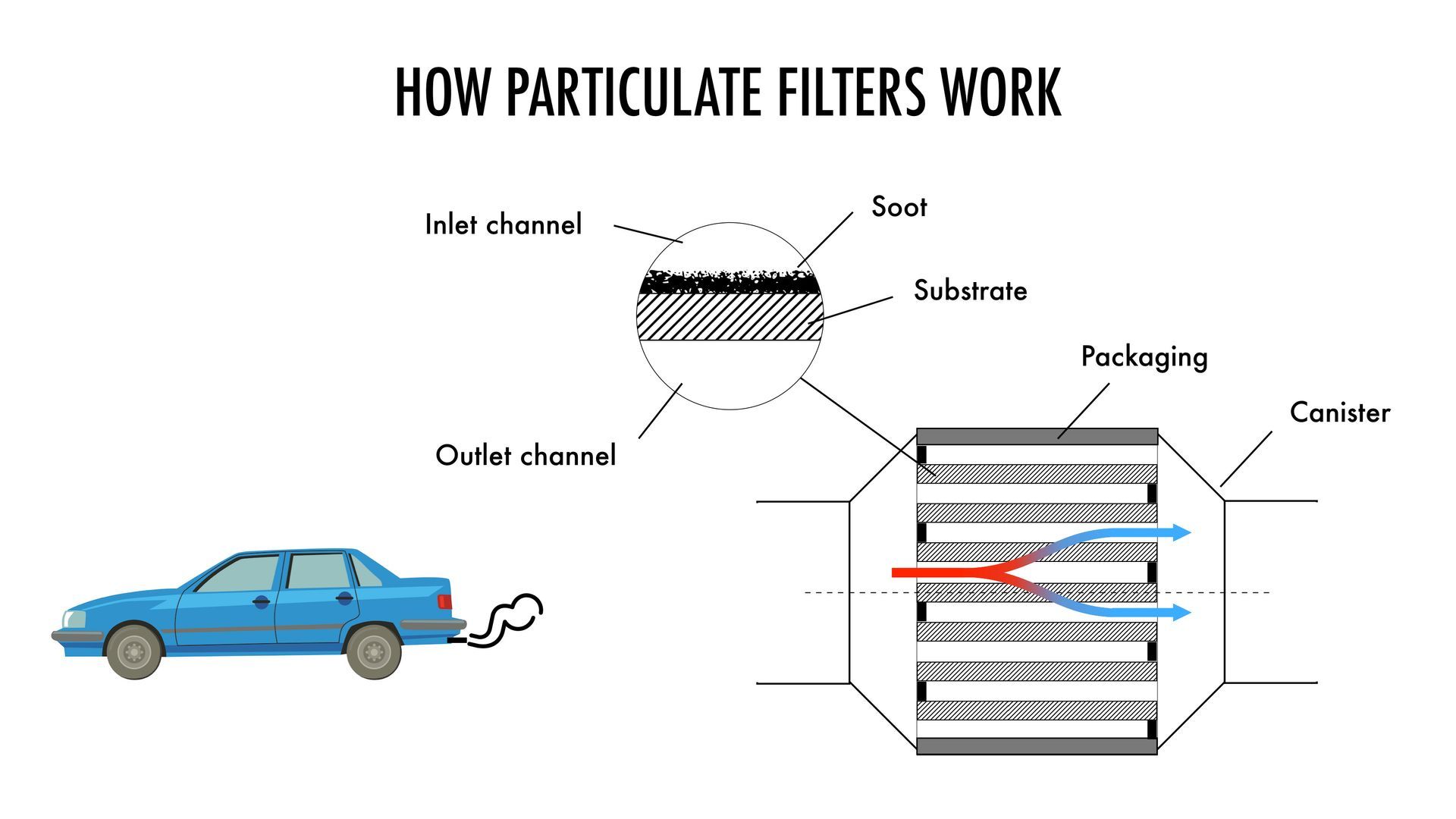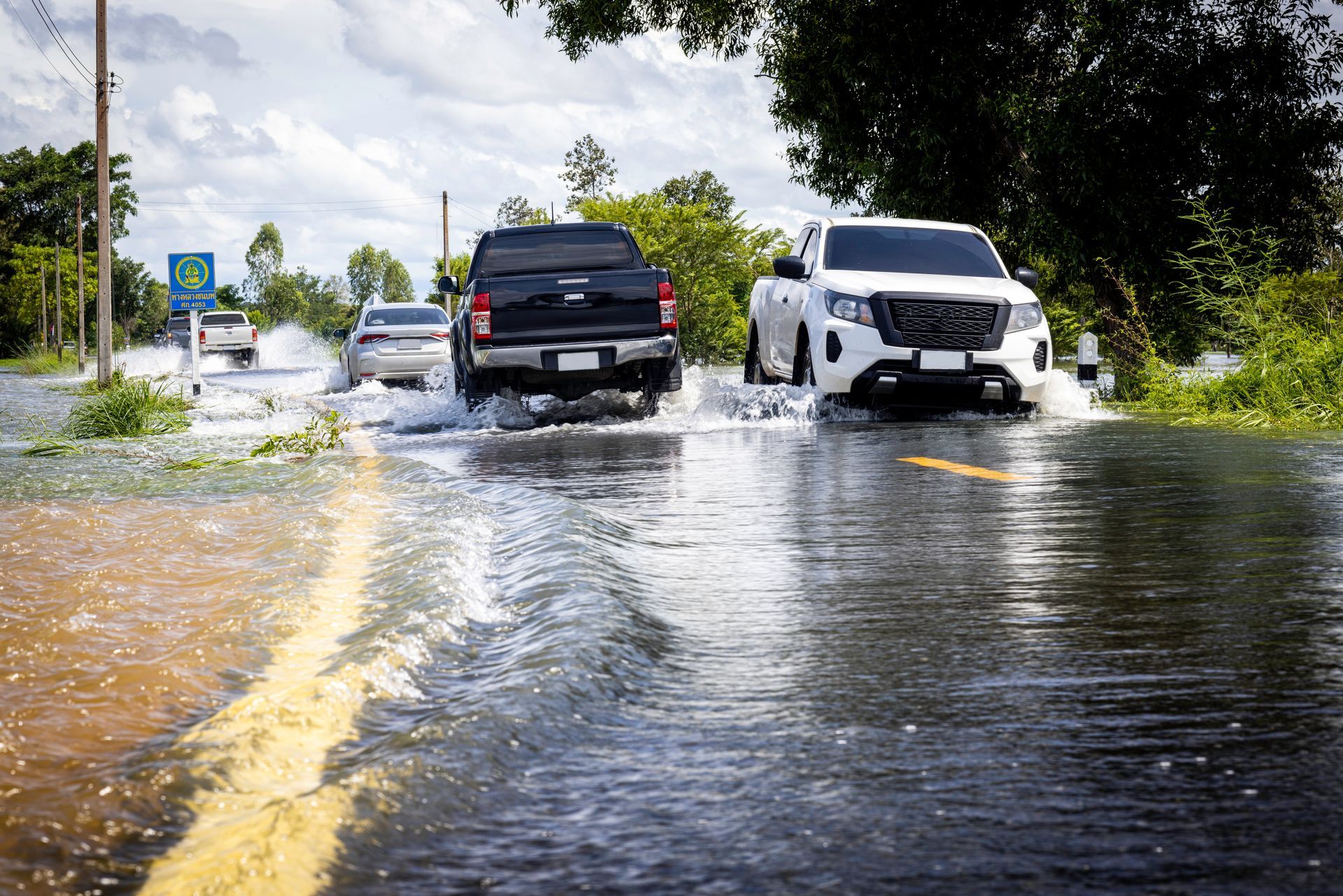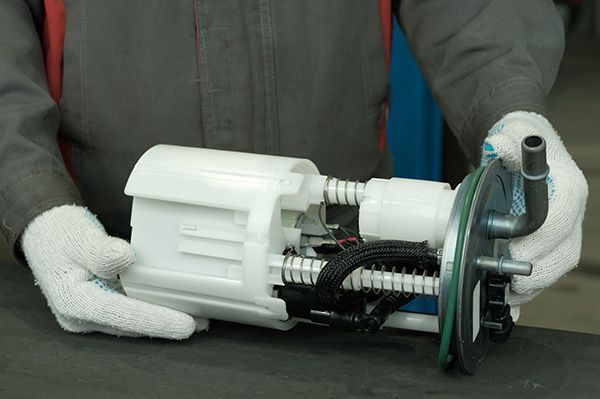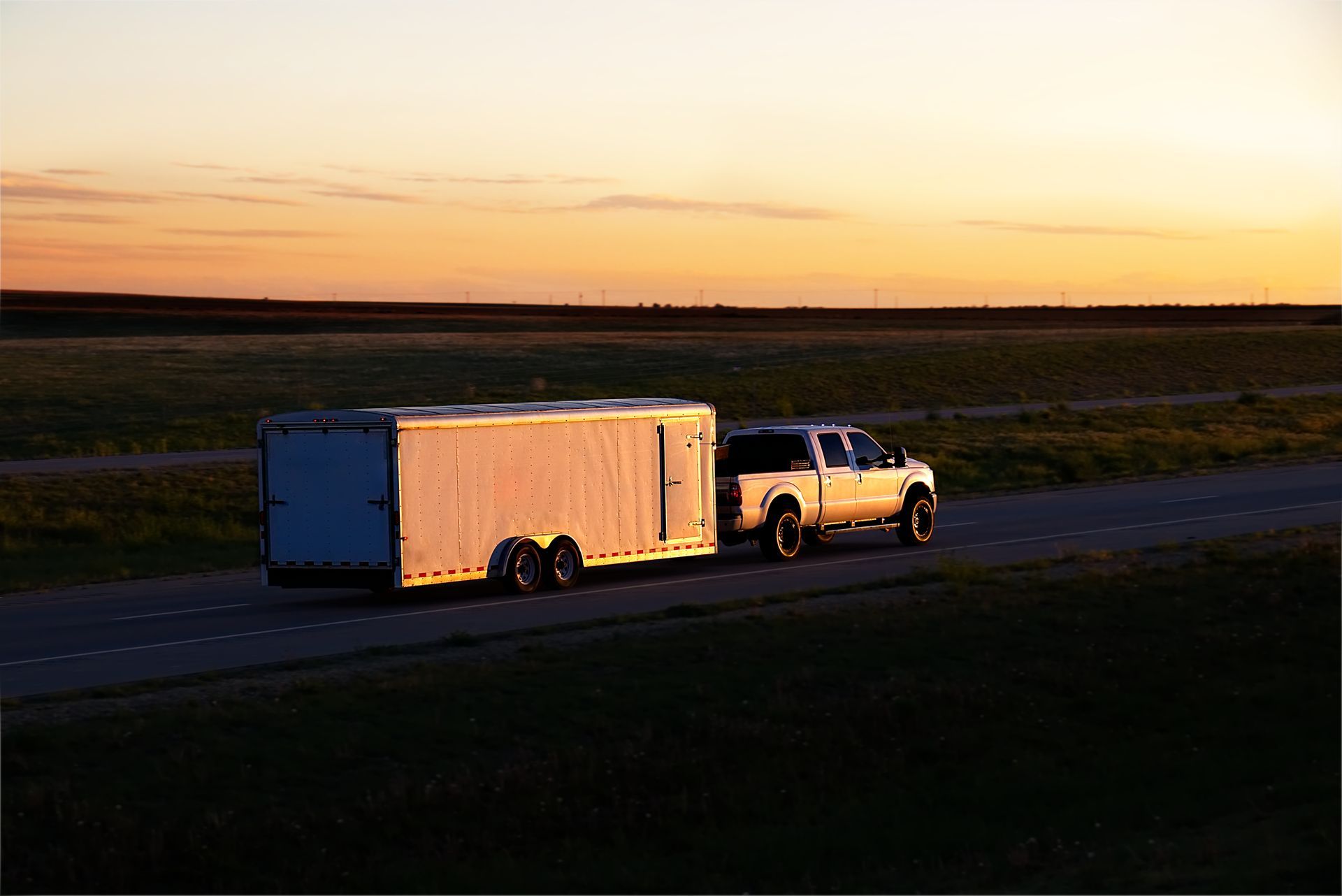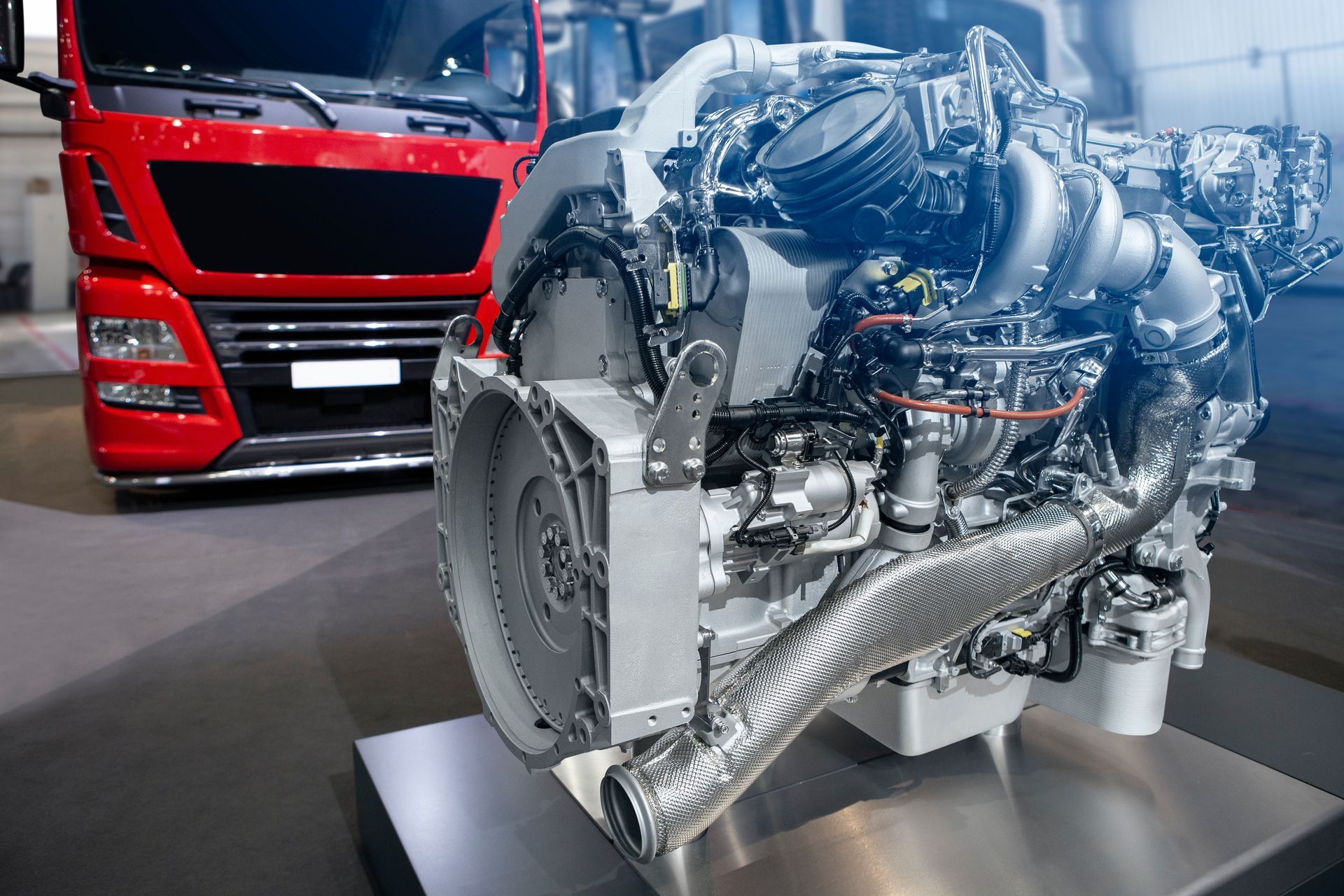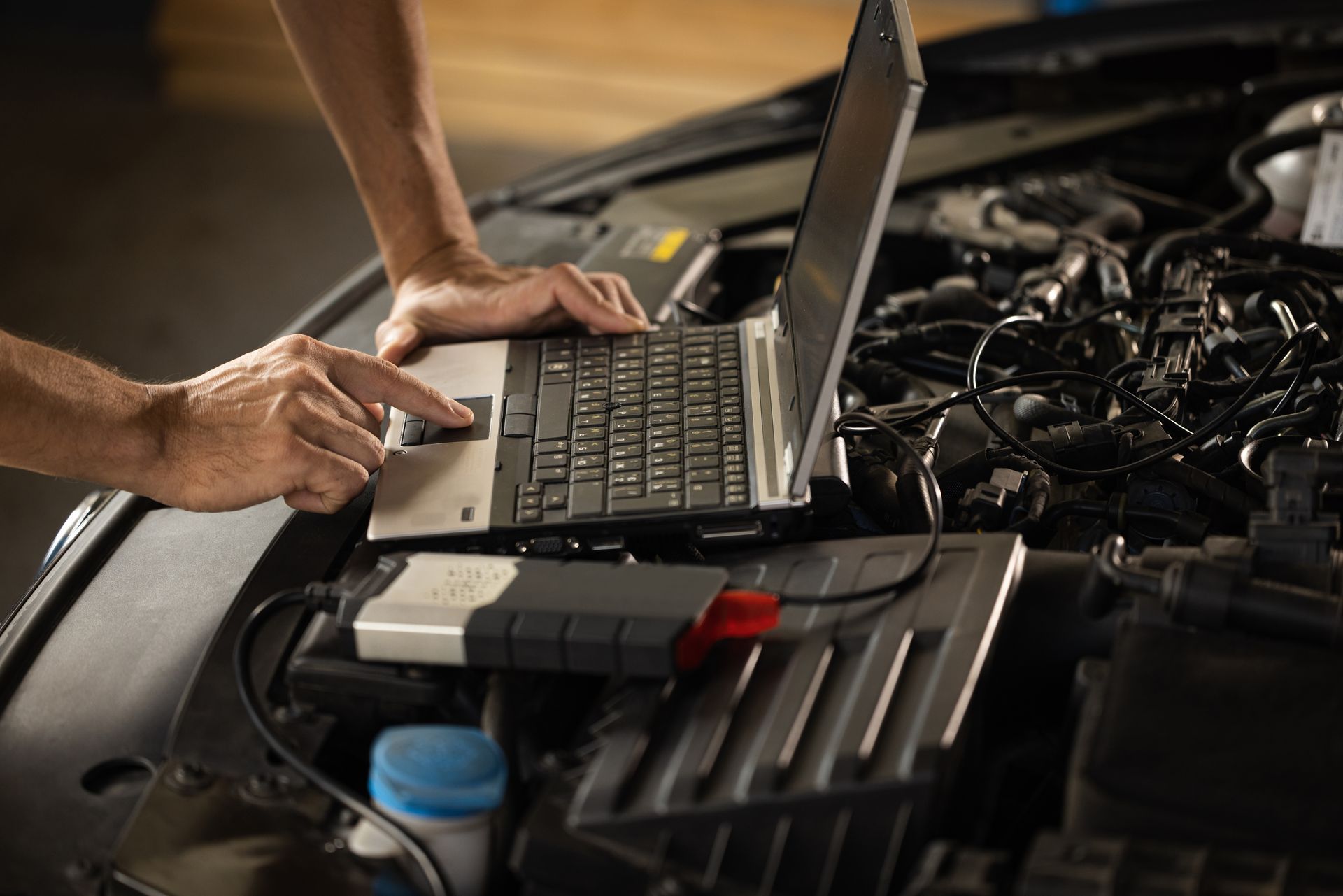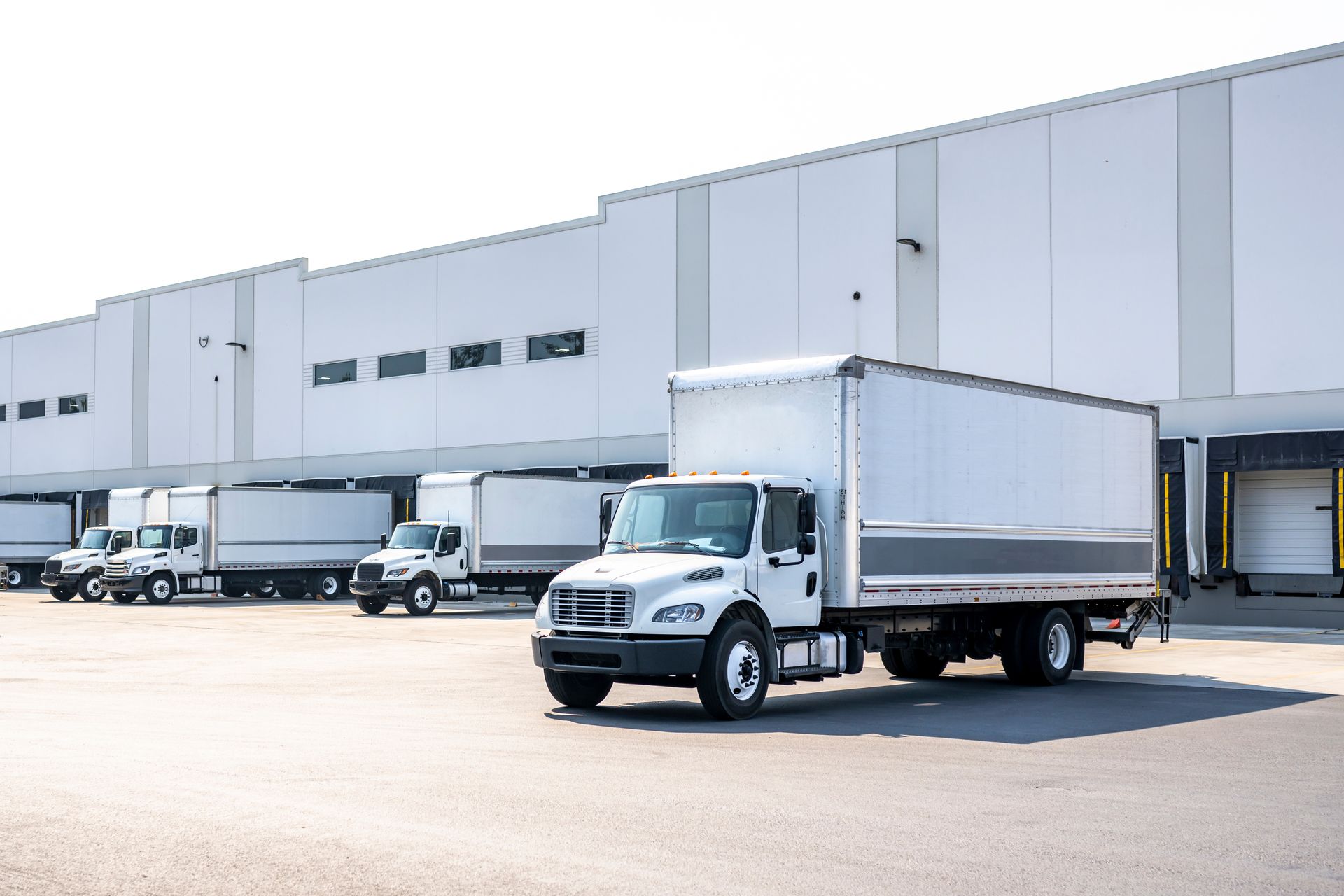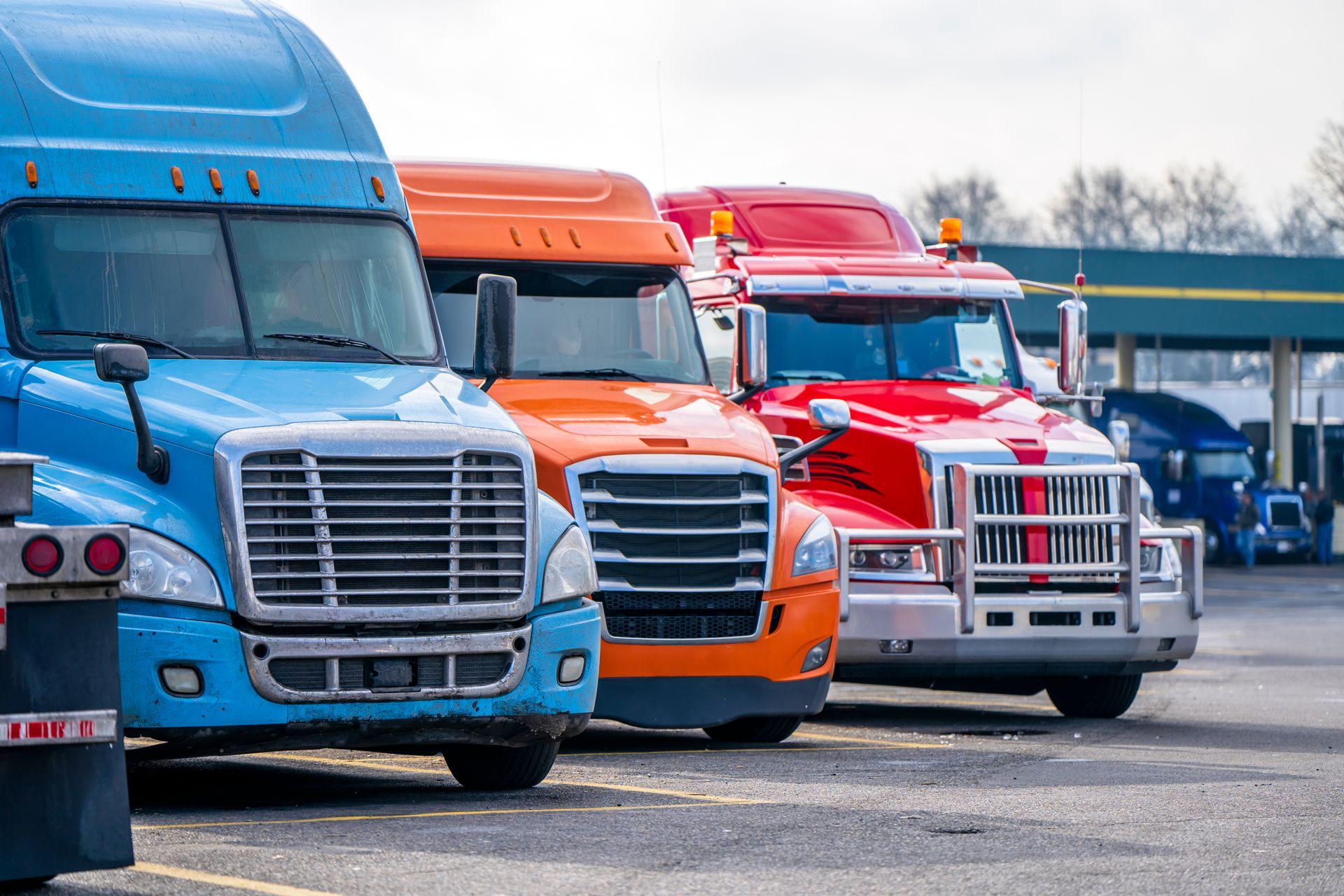Loading ...
Missing business hours data / Error occurred while getting the data.
Loading ...
Missing business hours data / Error occurred while getting the data.
Clutch vs. Torque Converter in Automatic Transmissions
November 29, 2024
If you’ve ever been curious about what’s going on under the hood of your car, especially when it comes to the mysterious world of transmissions, you’ve probably heard of the clutch and the torque converter. But what’s the real difference between these two components? We'll explain the key differences between the clutch and the torque converter and how each one affects your car.
What is a Clutch
A clutch is a mechanical device that allows you to engage or disengage the engine from the wheels of your car. When you press the clutch pedal, you’re essentially interrupting the connection between the engine and the transmission, which gives you control over when to shift gears.
In a manual car, the driver operates the clutch to shift between gears. This means the clutch is directly tied to the shifting process. However, you don’t have to worry about shifting gears manually in an automatic car—the transmission system does the job for you. So, what does the clutch do in an automatic? In some cases, automatic transmissions still use clutches to engage and disengage different gears.
In automatic transmissions, the clutch works in conjunction with the torque converter, but it’s the torque converter that really takes the spotlight. So, let’s take a closer look at that.
What is a Torque Converter
Unlike a clutch, which is typically found in manual cars, the torque converter is a fluid coupling that connects the engine to the transmission in automatic vehicles. It acts as a bridge between the engine’s power and the vehicle’s drive wheels, transferring power through fluid dynamics rather than mechanical engagement.
The torque converter has three main components: the pump, the turbine, and the stator. The pump is connected to the engine, and as it spins, it creates fluid pressure that drives the turbine. The turbine is connected to the transmission and transfers the power to the wheels. The stator redirects the fluid flow, improving efficiency when the vehicle is idle or at low speeds.
Clutch vs. Torque Converter
Clutch Mechanism
The clutch in a manual transmission works by physically disengaging the engine from the wheels when you press the clutch pedal. This allows you to change gears manually. When you release the pedal, the clutch engages, connecting the engine and the wheels once again.
Torque Converter Mechanism
The torque converter doesn’t require any physical interaction from the driver. It uses hydraulic fluid to transfer power from the engine to the transmission, creating a seamless connection between the two. The torque converter adjusts the engine’s power to the needs of the vehicle, allowing it to change gears automatically.
Key Differences Between Clutch and Torque Converter
Both the clutch and the torque converter serve the same fundamental purpose—transmitting power from the engine to the transmission—but they do so in different ways. Here are the key differences:
Control
A clutch gives the driver direct control over when to engage and disengage the connection between the engine and the transmission. In contrast, the torque converter automatically adjusts based on engine power and transmission needs, requiring no input from the driver.
Mechanics vs. Hydraulics
The clutch uses mechanical engagement to transfer power, while the torque converter relies on hydraulic fluid to transfer power. This means the clutch is typically found in manual transmissions, while the torque converter is specific to automatic transmissions.
Driving Experience
In a manual transmission, the clutch gives the driver a more hands-on driving experience, requiring them to shift gears and manage the connection between the engine and the wheels. With a torque converter, the transmission handles the gear shifts for you, providing a smoother, more automated driving experience without the need for manual input.
Why Does This Matter
Understanding the difference between a clutch and a torque converter can help you when it comes time for car maintenance. While both components are crucial to a vehicle’s transmission system, they require different types of care and attention. The clutch in a manual transmission needs to be regularly maintained and replaced as it wears out. On the other hand, the torque converter in an automatic transmission rarely requires maintenance, though it can develop issues over time, such as slipping or overheating.
For example, if your car’s clutch starts slipping, it indicates it’s time for a replacement. A worn-out clutch can result in poor acceleration, jerky shifts, and difficulty getting your car into gear. In contrast, a malfunctioning torque converter can lead to engine stalling, overheating, and poor acceleration in automatic cars.
Whether it’s a slipping clutch or a malfunctioning torque converter,
Riley's Auto & Diesel Repairs has the expertise to fix it. Call us today for a comprehensive inspection and make sure your transmission is in peak condition!
Loading ...
Missing business hours data / Error occurred while getting the data.

Loading ...
Missing nap lines data / Error occured while getting the data.


